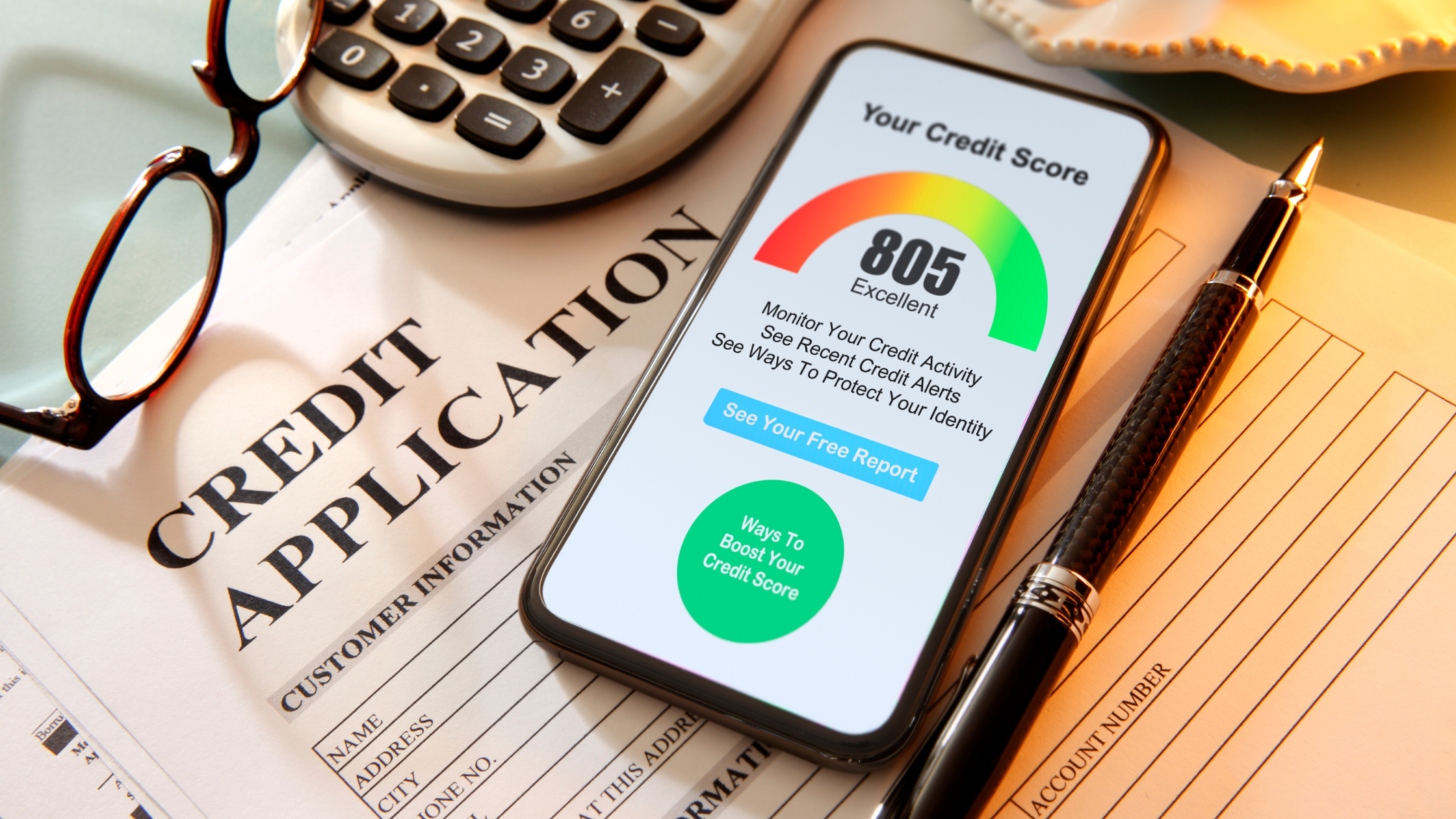Key Takeaways
-
A higher credit score, lower debt, and stable financial history help secure the lowest mortgage rates.
-
A 20% down payment can reduce your loan’s risk and help avoid PMI, improving your rate.
-
Shopping around and comparing multiple lenders’ rates can significantly lower your mortgage costs.
-
Buying discount points can lower your interest rate, making it a good option for long-term homeowners.
Securing the lowest mortgage rate can significantly reduce your monthly payments and save you thousands over your loan’s lifetime. Lenders prioritize strong credit, low debt, and financial stability when determining mortgage rates.
Follow these expert strategies to qualify for the best possible rate and maximize your savings:
1. Improve Your Credit Score
Lenders offer the lowest mortgage rates to borrowers with high credit scores. Boost your score with these steps:
- Pay bills on time – Late payments hurt your score and increase borrowing costs.
- Reduce credit card balances – Keep credit utilization under 30% for better approval odds.
- Dispute errors – Check your credit report for mistakes and correct inaccuracies.
- Avoid new debt – Hold off on opening new credit accounts before applying for a mortgage.
Lenders also evaluate your debt-to-income (DTI) ratio. Keep your DTI below 36% to improve your chances of qualifying for the lowest mortgage rate.
2. Save for a Larger Down Payment
A bigger down payment lowers your loan-to-value (LTV) ratio, making you a less risky borrower. Aim for 20% down to avoid private mortgage insurance (PMI) and secure better loan terms. If 20% isn’t feasible, explore first-time homebuyer assistance programs for grants and down payment support.
3. Choose the Right Mortgage Loan
Selecting the best mortgage type impacts your interest rate:
- 15-Year Fixed Mortgage – Lower rates but higher monthly payments.
- Adjustable-Rate Mortgage (ARM) – Lower initial rates, ideal if you plan to sell or refinance before the rate adjusts.
- Government-Backed Loans – FHA, VA, and USDA loans often feature lower rates and easier qualification requirements.
Compare loan options to find the best match for your financial goals.
4. Shop Multiple Lenders for the Best Rate
Comparing mortgage offers is one of the easiest ways to secure a lower rate. Request quotes from at least three lenders, including banks, credit unions, and online mortgage providers.
Pro Tip: Use mortgage rate comparison tools and loan calculators to estimate potential savings.
5. Lock in Your Mortgage Rate
Mortgage rates change daily, and waiting can cost you. Once you find a favorable rate, ask your lender for a rate lock to secure it while processing your loan.
6. Buy Down Your Rate with Discount Points
Paying discount points can lower your interest rate. Each point costs 1% of your loan amount and typically reduces your rate by 0.25%. If you plan to stay in your home long-term, buying points can lead to significant interest savings over the life of the loan.
7. Maintain Steady Employment and Income
Lenders look for stable income and employment history. Provide at least two years of steady work history for better mortgage approval odds. Self-employed borrowers should prepare tax returns, profit-and-loss statements, and other documentation to prove income stability.
8. Take Advantage of Lender Discounts and Special Programs
Many lenders offer mortgage rate discounts for:
- Existing bank customers
- First-time homebuyers
- State and local housing assistance programs
- Check with lenders and housing agencies to find the best mortgage rate incentives available.
Get the Best Mortgage Rate Today
By improving your credit score, saving for a larger down payment, shopping for multiple lenders, and securing a rate lock, you can lower your mortgage rate and save thousands.
Start comparing mortgage rates today and see how much you can save on your home loan!
FAQ: Securing the Lowest Mortgage Rate
No SSN required. Zero impact to credit. Your Information is never sold.



